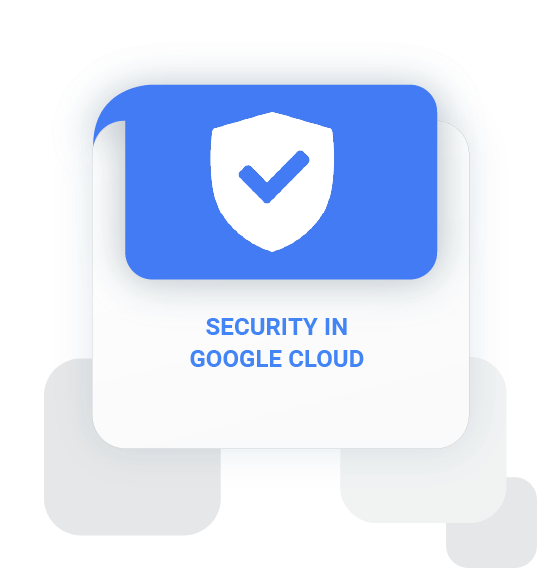
Overview
This self-paced training course gives participants broad study of security controls and techniques on Google Cloud. Through recorded lectures, demonstrations, and hands-on labs, participants explore and deploy the components of a secure Google Cloud solution, including Cloud Identity, Resource Manager, Cloud IAM, Google Virtual Private Cloud firewalls, Google Cloud Load balancing, Cloud Peering, Cloud Interconnect, and VPC Service Controls.
Duration: 24h
Học phí: 14,100,000 VND

Objective
After completing the course, students will have the following knowledge:
- Understanding the Google approach to security Managing administrative identities using Cloud Identity.
- Implementing least privilege administrative access using Google Resource Manager, Cloud IAM.
- Implementing IP traffic controls using VPC firewalls and Google Cloud Armor.
- Implementing Identity-Aware Proxy.
- Analyzing changes to the configuration or metadata of resources with Cloud audit logs.
- Securing a Kubernetes environment.
- Scanning for and redacting sensitive data with the Cloud Data Loss Prevention API.
- Scanning a Google Cloud deployment with Forseti.
- Mitigating important types of vulnerabilities, especially in public access to data and VMs

Audience
- Information security/cybersecurity specialists, Cloud infrastructure architects.
- the course is intended for Google and partner field personnel who work with customers in those job roles.
- The course should also be useful to developers of cloud applications.

prerequisite
- Prior completion of Google Cloud Platform Fundamentals: Core Infrastructure or equivalent experience Core infrastructure, Networking in Google Cloud
- Knowledge of foundational concepts in information security: Fundamental concepts: vulnerability, threat, attack surface confidentiality, integrity, availability
- Basic proficiency with command-line tools and Linux operating system environments Systems Operations experience, including deploying and managing applications, either on-premises or in a public cloud environment
- Reading comprehension of code in Python or JavaScript
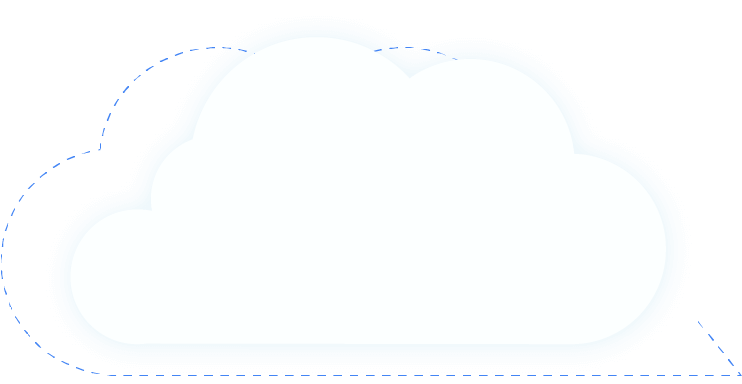
OUTLINE
01
Foundations of GCP Security
Understand the GCP shared security responsibility model.
Understand Google Cloud’s approach to security.
Understand the kinds of threats mitigated by Google and by GCP.
Define and Understand Access Transparency and Access Approval (beta).
02
Cloud Identity
Cloud Identity.
Syncing with Microsoft Active Directory using Google Cloud Directory Sync.
Using Managed Service for Microsoft Active Directory (beta).
Choosing between Google authentication and SAML-based SSO.
Best practices, including DNS configuration, super admin accounts.
Lab: Defining Users with Cloud Identity Console.
03
Identity, Access, and Key Management
GCP Resource Manager: projects, folders, and organizations.
GCP IAM roles, including custom roles.
GCP IAM policies, including organization policies.
GCP IAM Labels.
GCP IAM Recommender.
GCP IAM Troubleshooter.
GCP IAM Audit Logs.
Best practices, including separation of duties and least privilege, the use of Google groups in policies, and avoiding the use of primitive roles.
Labs: Configuring Cloud IAM, including custom roles and organization policies.
04
Configuring Google Virtual Private Cloud for Isolation and Security
Configuring VPC firewalls (both ingress and egress rules).
Load balancing and SSL policies.
Private Google API access.
SSL proxy use.
Best practices for VPC networks, including peering and shared VPC use, correct use of subnetworks.
Best security practices for VPNs.
Security considerations for interconnect and peering options.
Available security products from partners.
Defining a service perimeter, including perimeter bridges.
Setting up private connectivity to Google APIs and services.
Lab: Configuring VPC firewalls.
05
Securing Compute Engine:techniques and best practices
Compute Engine service accounts, default and customer-defined.
IAM roles for VMs.
API scopes for VMs.
Managing SSH keys for Linux VMs.
Managing RDP logins for Windows VMs.
Organization policy controls: trusted images, public IP address, disabling serial port.
Encrypting VM images with customer-managed encryption keys and with customer-supplied encryption keys.
Finding and remediating public access to VMs.
Best practices, including using hardened custom images, custom service accounts (not the default service account), tailored API scopes, and the use of application default credentials instead of user-managed keys.
Lab: Configuring, using, and auditing VM service accounts and scopes.
Encrypting VM disks with customer-supplied encryption keys.
Lab: Encrypting disks with customer-supplied encryption keys.
Using Shielded VMs to maintain the integrity of virtual machines.
06
Advanced Logging and Analysis
Cloud Storage and IAM permissions.
Cloud Storage and ACLs.
Auditing cloud data, including finding and remediating publicly accessible data.
Signed Cloud Storage URLs.
Signed policy documents.
Encrypting Cloud Storage objects with customer-managed encryption keys and with customer-supplied encryption keys.
Best practices, including deleting archived versions of objects after key rotation.
Lab: Using customer-supplied encryption keys with Cloud Storage.
Lab: Using customer-managed encryption keys with Cloud Storage and Cloud KMS.
BigQuery authorized views.
BigQuery IAM roles.
Best practices, including preferring IAM permissions over ACLs.
Lab: Creating a BigQuery authorized view.
07
Securing Applications: techniques and best practices
Types of application security vulnerabilities.
DoS protections in App Engine and Cloud Functions.
Cloud Security Scanner.
Lab: Using Cloud Security Scanner to find vulnerabilities in an App Engine application.
Identity Aware Proxy.
Lab: Configuring Identity Aware Proxy to protect a project.
08
Securing Kubernetes: techniques and best practices
Authorization.
Securing Workloads.
Securing Clusters.
Logging and Monitoring.
09
Protecting against Distributed Denial of Service Attacks
How DDoS attacks work.
Mitigations: GCLB, Cloud CDN, autoscaling, VPC ingress and egress firewalls, Cloud Armor (including its rules language).
Types of complementary partner products.
Lab: Configuring GCLB, CDN, traffic blacklisting with Cloud Armor.
10
Protecting against content-related vulnerabilities
Threat: Ransomware.
Mitigations: Backups, IAM, Data Loss Prevention API.
Threats: Data misuse, privacy violations, sensitive/restricted/unacceptable content.
Threat: Identity and Oauth phishing.
Mitigations: Classifying content using Cloud ML APIs; scanning and redacting data using Data Loss Prevention API.
Lab: Redacting Sensitive Data with Data Loss Prevention API.
11
Monitoring, Logging, Auditing, and Scanning
Security Command Center.
Stackdriver monitoring and logging.
Lab: Installing Stackdriver agents.
Lab: Configuring and using Stackdriver monitoring and logging.
VPC flow logs.
Lab: Viewing and using VPC flow logs in Stackdriver.
Cloud audit logging.
Lab: Configuring and viewing audit logs in Stackdriver.
Deploying and Using Forseti.
Lab: Inventorying a Deployment with Forseti Inventory (demo).
Lab: Scanning a Deployment with Forseti Scanner (demo).
Study with
Google Cloud expert









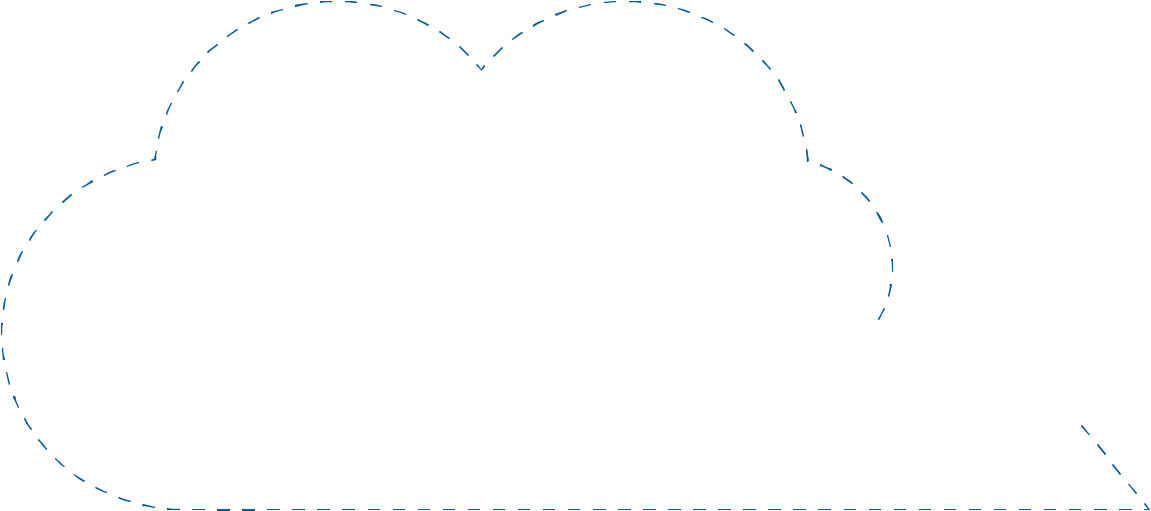

Student feedback
Cloud Ace Training
Bringing great experiences to students


Trần Tuấn Anh
IT

Nguyễn Ngọc Minh Thy
Data Engineer

Trương Quốc Thắng
Data Engineer

Phạm Văn Hùng
IT

Dương Minh Phương
Engineer
REGISTER NOW
TO BECOME " GOOGLE CLOUD EXPERT"
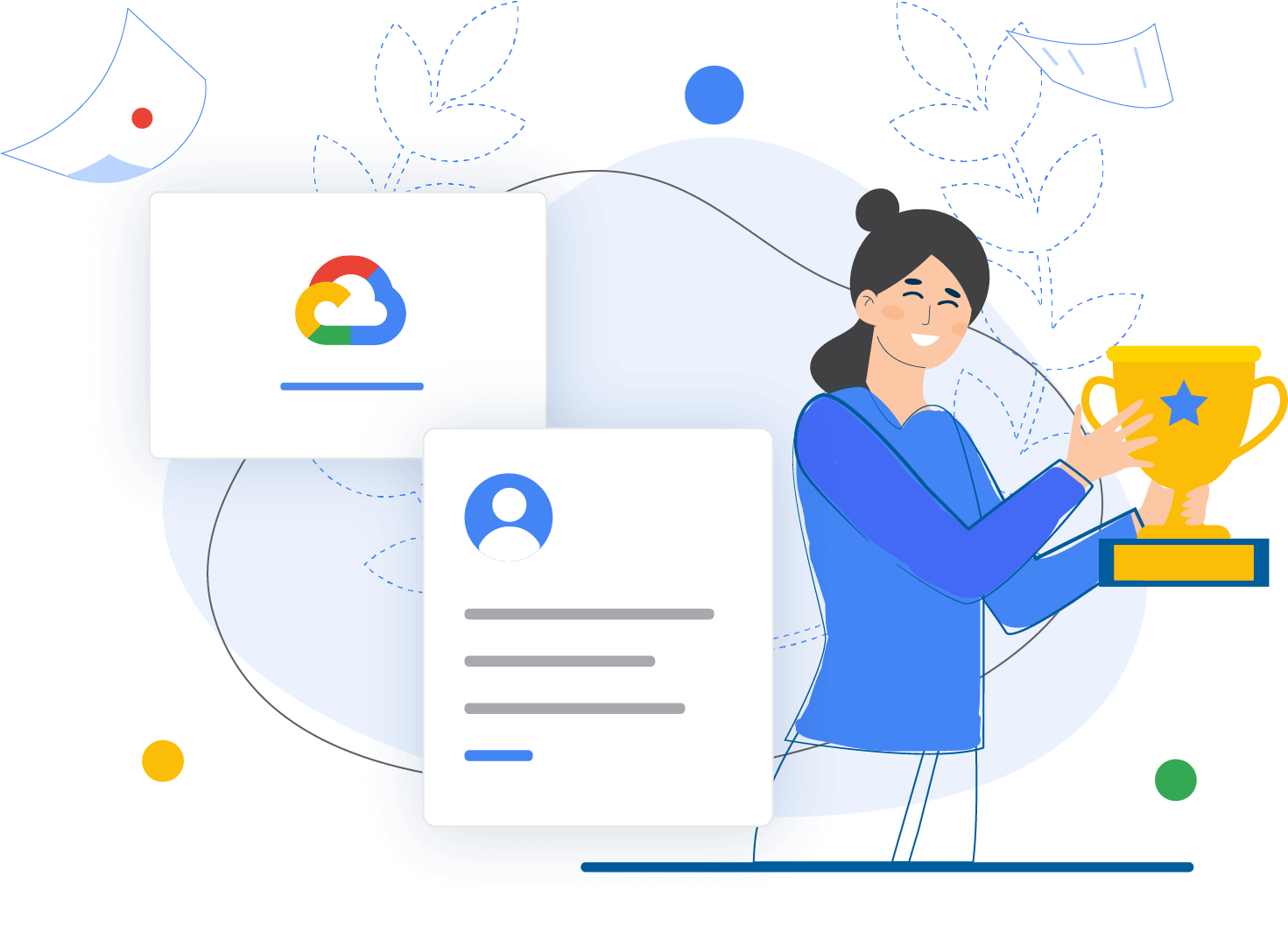
câu hỏi thường gặp
![]() Cloud Ace is a Google Cloud training unit, so it does not organize exams and provide Google Cloud certifications. Cloud Ace only supports providing certificates of course completion for students while waiting for the Google Cloud certification exam
Cloud Ace is a Google Cloud training unit, so it does not organize exams and provide Google Cloud certifications. Cloud Ace only supports providing certificates of course completion for students while waiting for the Google Cloud certification exam
In addition, if you want to take the Google Cloud certification exam, Cloud Ace will guide you to register for the Online or Offline exam at the authorized Google Cloud test centers in Vietnam.
![]() Of course, during the learning process, you will constantly be solving quizzes, simulated mock tests that are similar to Google Cloud's actual exam questions. In addition, Cloud Ace also provides Dump questions that are constantly updated with question types, exam questions from Google Cloud to help you have the best preparation for the exam.
Of course, during the learning process, you will constantly be solving quizzes, simulated mock tests that are similar to Google Cloud's actual exam questions. In addition, Cloud Ace also provides Dump questions that are constantly updated with question types, exam questions from Google Cloud to help you have the best preparation for the exam.
![]() Of course. You will be supported by Cloud Ace during the learning process and even at the end of the course. You can interact with the Trainer via Slack, email hoặc qua Group Google Cloud Plartform User HCM để được các Trainer hỗ trợ nhé.
Of course. You will be supported by Cloud Ace during the learning process and even at the end of the course. You can interact with the Trainer via Slack, email hoặc qua Group Google Cloud Plartform User HCM để được các Trainer hỗ trợ nhé.
After completing the course, if you have any questions about the knowledge or have difficulties in implementing the project on Google Cloud, you can contact the Trainer for answers.
![]() The Google Cloud course is not only suitable for software engineers or system development engineers, but also suitable for data processing engineers such as Data Analytics, Data Engineer, Data Scientist.
The Google Cloud course is not only suitable for software engineers or system development engineers, but also suitable for data processing engineers such as Data Analytics, Data Engineer, Data Scientist.
In addition, if you are a Marketer or working in the field of finance, banking, e-commerce, logistics .... constantly faced with big data to solve, then you can refer to the courses Big Data Machine Learning Fundamental or From Data to Insight on Google Cloud Platform courses to refer to simple data processing and create professional reports on Google Cloud.


